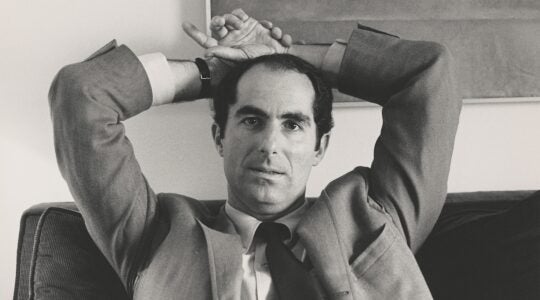As a onetime student of Soviet history and politics, I first learned about airbrushing. That was when a Soviet leader suddenly fell into disfavor and his name and photo magically disappeared from the public arena.
But I never expected airbrushing in The Jewish Week. I’m sure it was not deliberate, but it happened twice, and in the very same issue (July 13).
First, there was the front-page article entitled “New Generation of Russians Now Making Its Mark.” This is uplifting news. Russian-speaking Jews in the New York area are emerging as a creative and dynamic force in the larger Jewish community. A number of initiatives were cited, but not the very first and most enduring.
In the 1990s, two former Soviet Jewish activists, Peyrets Goldmacher and Sam Kliger, joined by others, went from one Jewish agency to another in New York to seek a partner for bridging the gap between their growing community and established organizations. They asked for help in fulfilling a vision of engagement, leadership training, and cooperation. As they tell the story, they were politely rejected everywhere they went, except at AJC. The result was our annual Russian Jewish Leadership Program. It now has hundreds of graduates, many of them currently leaders in both new and established agencies, including AJC.
And then there was the article “Reviving the Values of Soviet Jewry Movement,” which centrally cites the climax of that movement — the historic Freedom Sunday for Soviet Jewry demonstration in Washington on Dec. 6, 1987. It drew a record 250,000 participants, including Vice President George H.W. Bush and former Prisoners of Zion Natan Sharansky and Yosef Mendelevich. Yet nowhere in the lengthy article, with its many references and quotes, was there even a single mention of the principal organizer of that event — AJC’s Washington office.
Unlike the USSR, here in the U.S. there is the welcome chance to formally correct the record.
AJC Executive Director Manhattan
The New York Jewish Week brings you the stories behind the headlines, keeping you connected to Jewish life in New York. Help sustain the reporting you trust by donating today.




